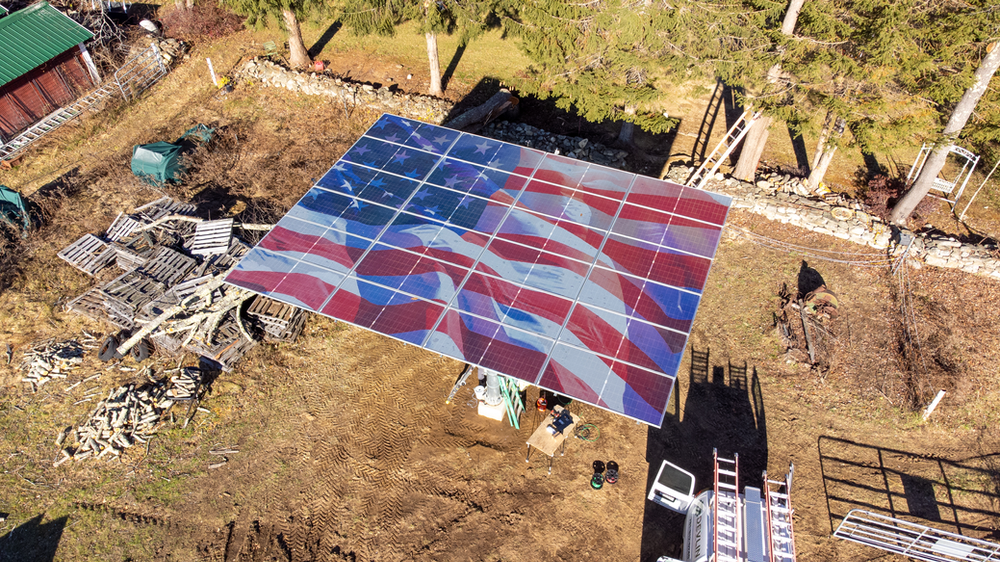
IRA 2022 Solar Incentives in 2025: What’s Still Available, What’s New, and How to Claim Them
Share
Introduction
The Inflation Reduction Act (IRA) of 2022 marked a historic turning point for clean energy in the United States, injecting nearly $370 billion into climate and energy programs. Among its many transformative provisions, the IRA significantly expanded solar incentives, empowering homeowners, businesses, and communities to adopt solar energy. In 2025, many of these solar incentives remain in full effect, while new updates and rules are reshaping how taxpayers can benefit.
1. IRA 2022: A Quick Refresher
The IRA was signed into law in August 2022 and is designed to accelerate the U.S. clean energy transition. The legislation provides long-term certainty for solar tax credits, introduces incentives for battery storage, and offers special provisions for low-income communities, nonprofit organizations, and domestic manufacturing.
Key highlights include:
30% Federal Investment Tax Credit (ITC) through 2032
Standalone Battery Storage Credit
Direct Pay Option for tax-exempt entities
Bonus Credits for energy communities and domestic content
2. Federal Solar Incentives Still Active in 2025
30% Investment Tax Credit (ITC)
Available to homeowners, businesses, and nonprofits
Applies to solar PV systems, battery storage (if >3 kWh), and associated equipment
No income cap or system size limit
Valid through 2032 with a step-down schedule starting in 2033
Standalone Battery Storage Credit
As of 2023, batteries are eligible for the 30% ITC even when installed independently from solar
Applies to residential and commercial systems over 3 kWh capacity
Direct Pay for Nonprofits and Government Entities
Schools, churches, local governments, and other tax-exempt entities can now receive the 30% ITC as a direct payment
Encourages solar adoption by removing the need for tax liability
Bonus Credits: Domestic Content & Energy Communities
Additional 10% tax credit for using U.S.-manufactured solar panels and components
Additional 10% for projects located in energy communities (former coal, oil, or gas regions)
Can stack with base ITC for up to a 50% total credit
3. What's New In 2025: Updates and Expansion
Technology-Neutral Credits Begin
The traditional ITC structure transitions to technology-neutral clean electricity credits in 2025
Any zero-emissions energy system, including solar, qualifies under this new format
Flexibility allows innovation beyond traditional PV systems
🏦 Low-Income Bonus Credit Program
Continues in 2025 with increased funding
Offers up to 20% additional tax credit for systems in low-income residential buildings or benefiting low-income households
Competitive application process through the Department of Energy
📄 IRS Guidance Updates
Clarifications issued in late 2024 about eligible domestic content thresholds and labor requirements for bonus credits
Compliance now easier with clear documentation checklists
4. State Specific Solar Incentives in 2025
New York (NY)
NY-Sun Program: Rebates up to $1.20 per watt for residential and commercial systems
NYSERDA Support: Incentives for low-to-moderate income households and solar developers
Con Edison Smart Inverter Pilot: Extra incentives for grid-supportive technologies in NYC
🌞 Texas (TX)
Property Tax Exemption: 100% exemption on added home value from solar installations
Utility Rebates: Oncor and CPS Energy offer $2,500+ in rebates for qualified systems
Co-op Solar Programs: Group buying discounts through solar co-ops in Austin, Dallas, and Houston
🌴 Florida (FL)
Property Tax Exemption continues through 2025
Net Metering: Still active for existing customers; new interconnection policies under review
Local Rebates: Miami-Dade, Orlando, and Tampa offer cash rebates for rooftop solar installations and battery storage
5. How to Claim These Incentives
For Federal ITC (Residential):
Keep all invoices, contracts, and payment proof
Complete IRS Form 5695 with your tax return
Calculate 30% of total eligible costs (equipment + labor)
Enter the credit on Schedule 3, Line 5 of Form 1040
For Federal ITC (Commercial or Nonprofit):
File IRS Form 3468
Register for the direct pay election via the IRS portal
For State Incentives:
Apply through state energy offices or your utility provider
Submit interconnection and inspection documents
Monitor for deadlines (some rebates are first-come, first-served)
Conclusion
The Inflation Reduction Act has made solar more accessible than ever before, and in 2025, it continues to provide powerful incentives for homeowners, businesses, and communities. With generous federal tax credits, expanded support for battery storage, and evolving state-level programs, there's never been a better time to go solar.
If you're considering solar, don't delay. Policy shifts and budget limits may change these programs in the future. Contact us today for a personalized quote and a full solar incentive check tailored to your location.
